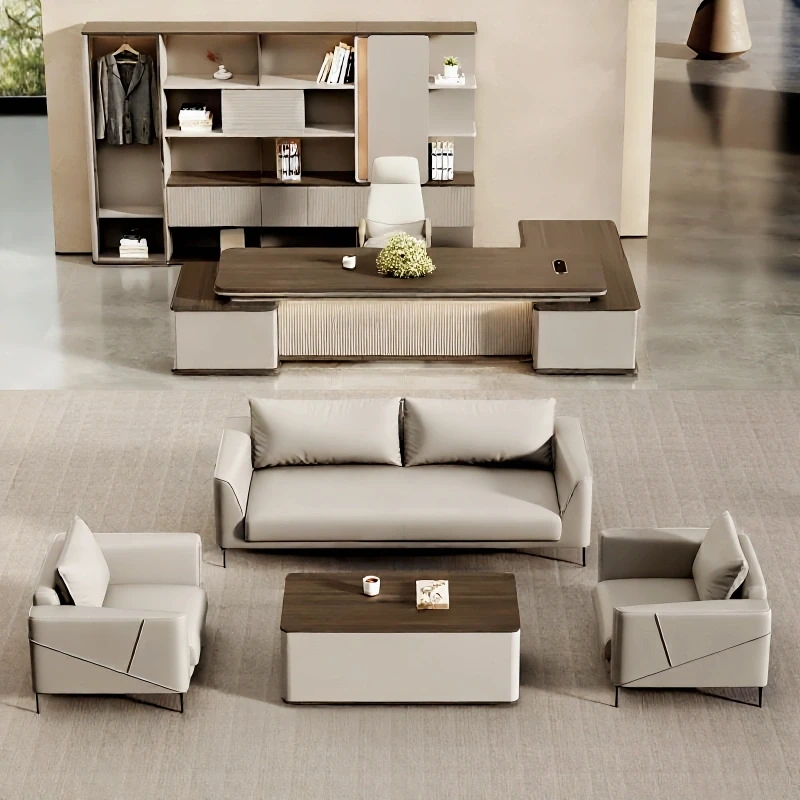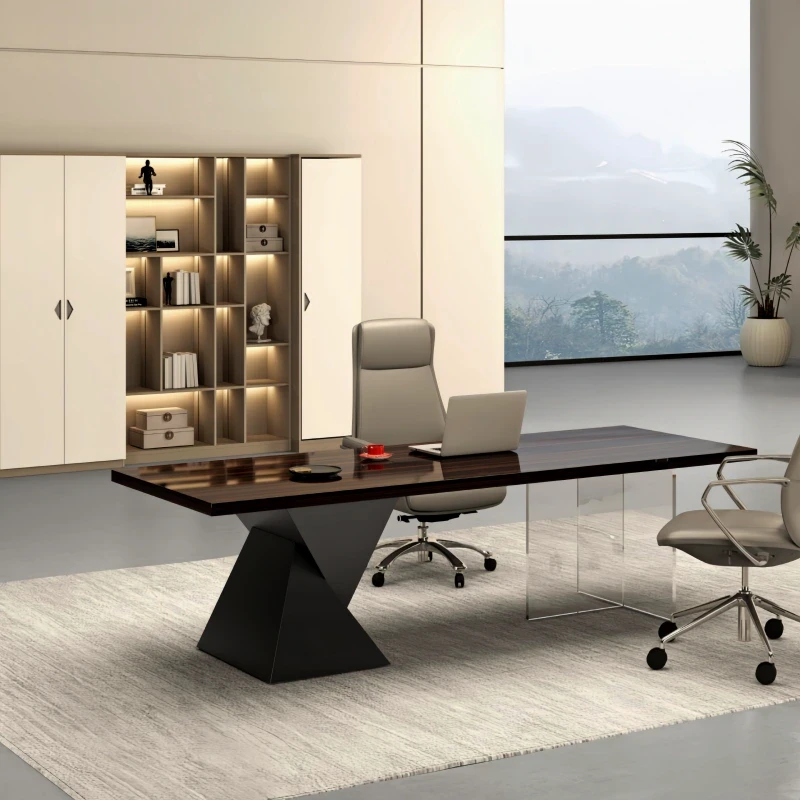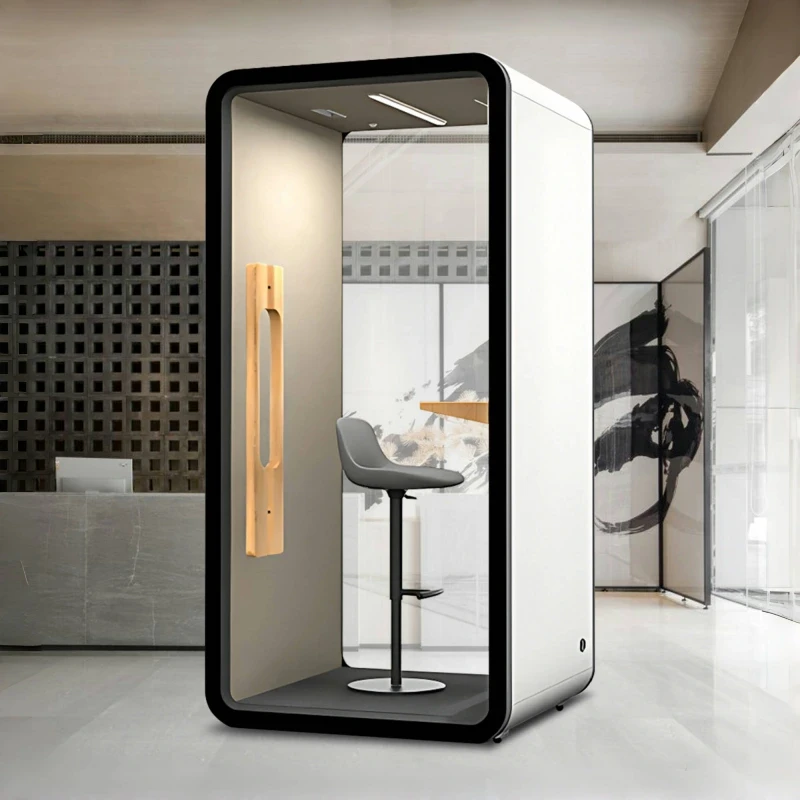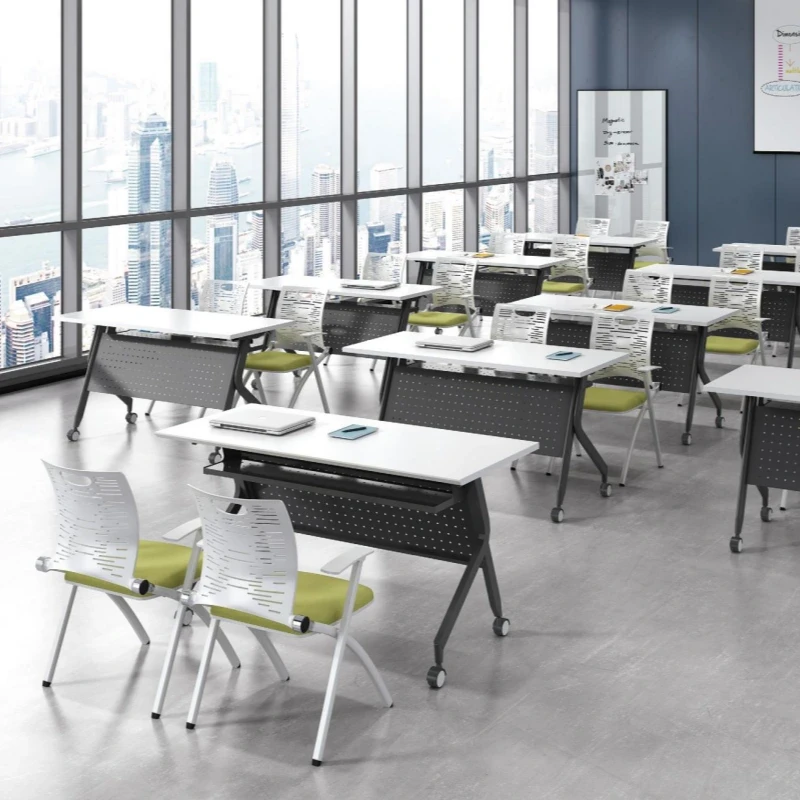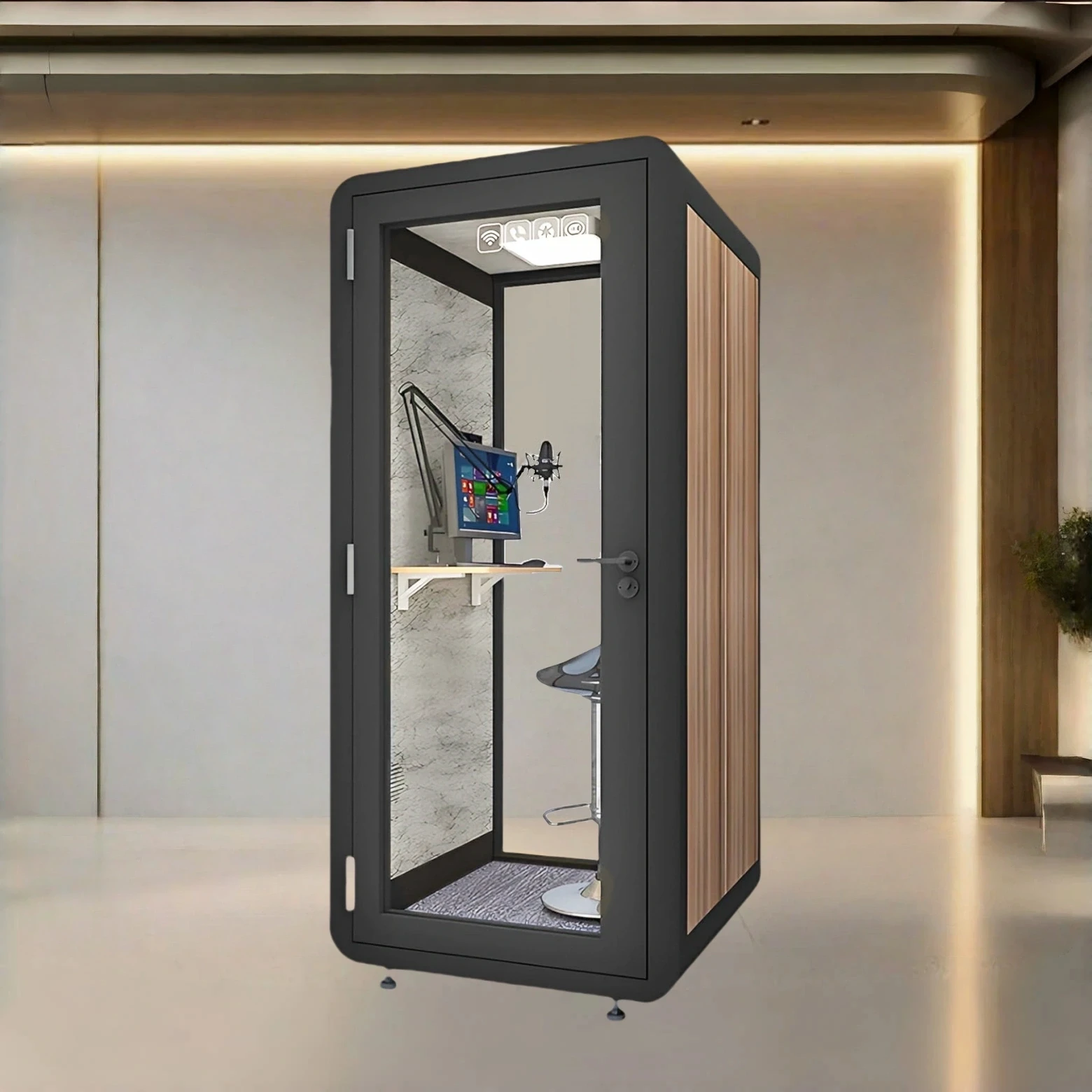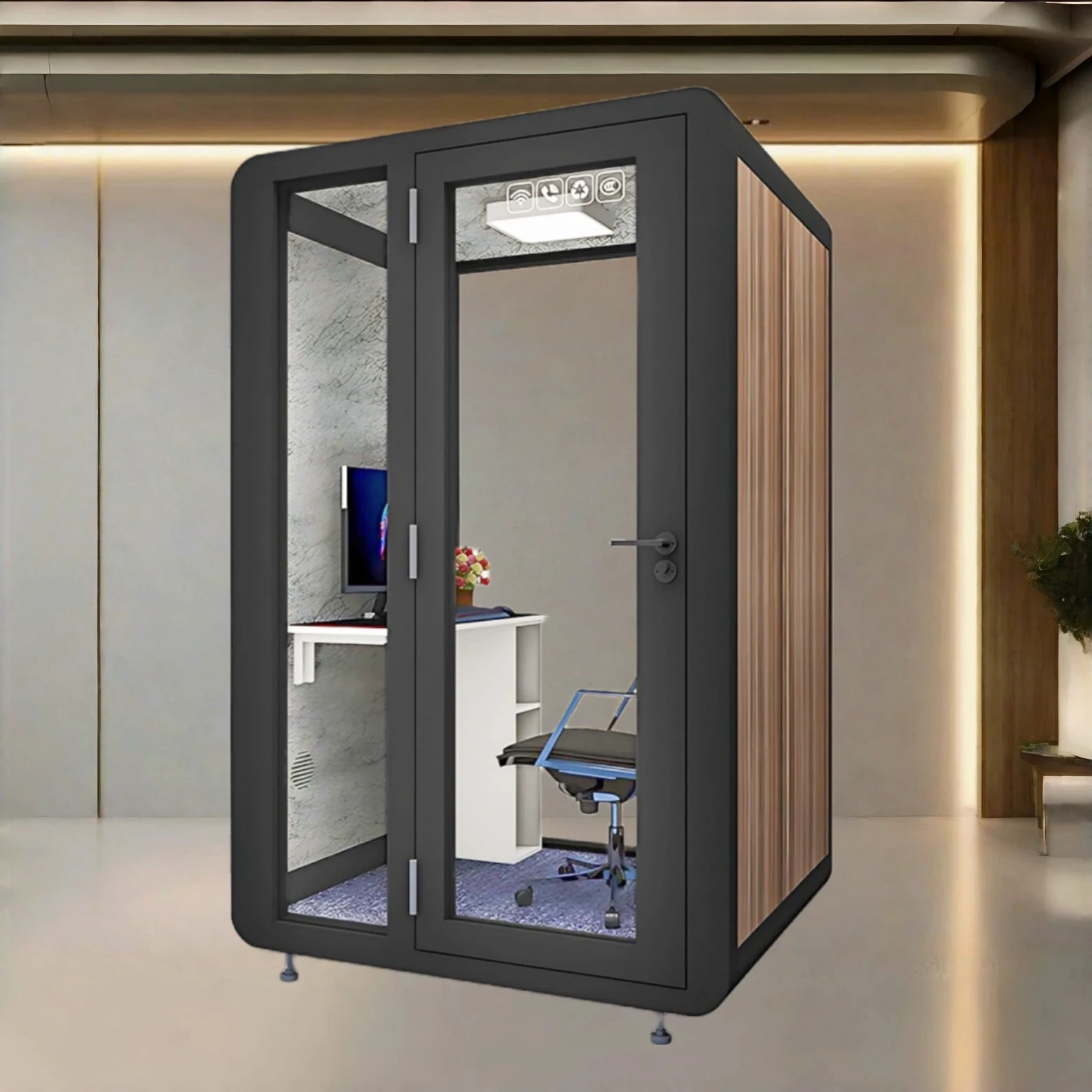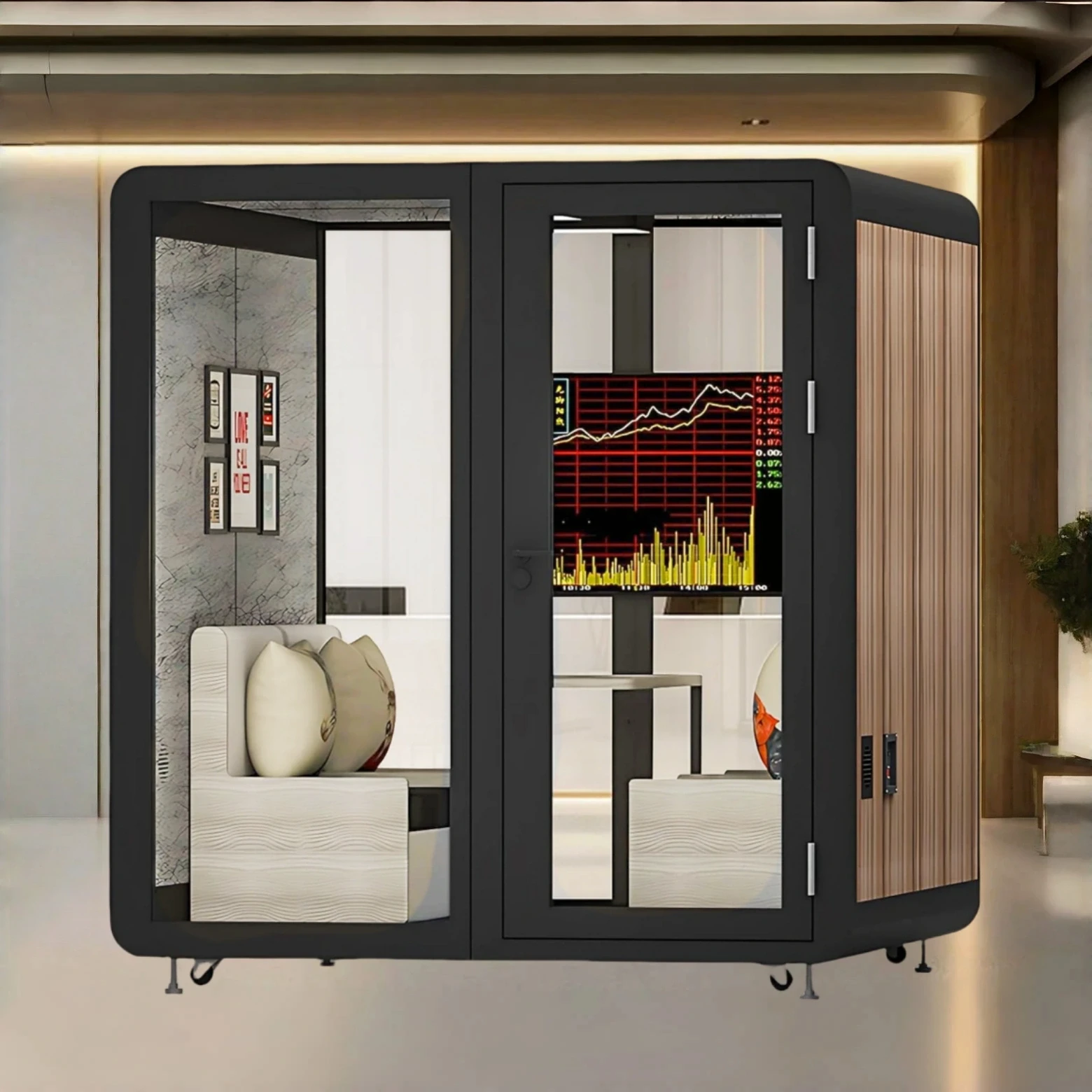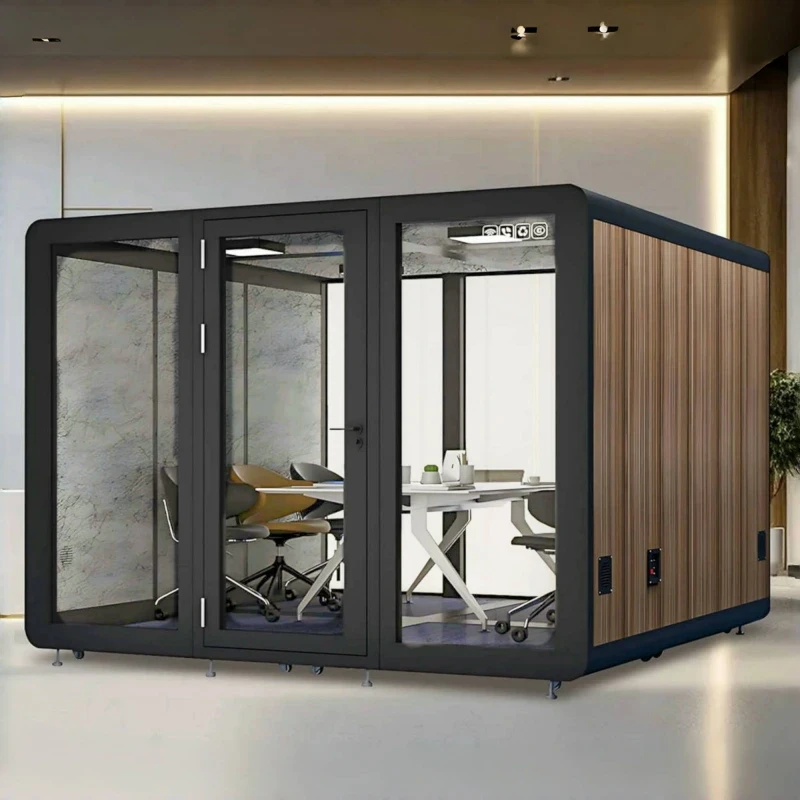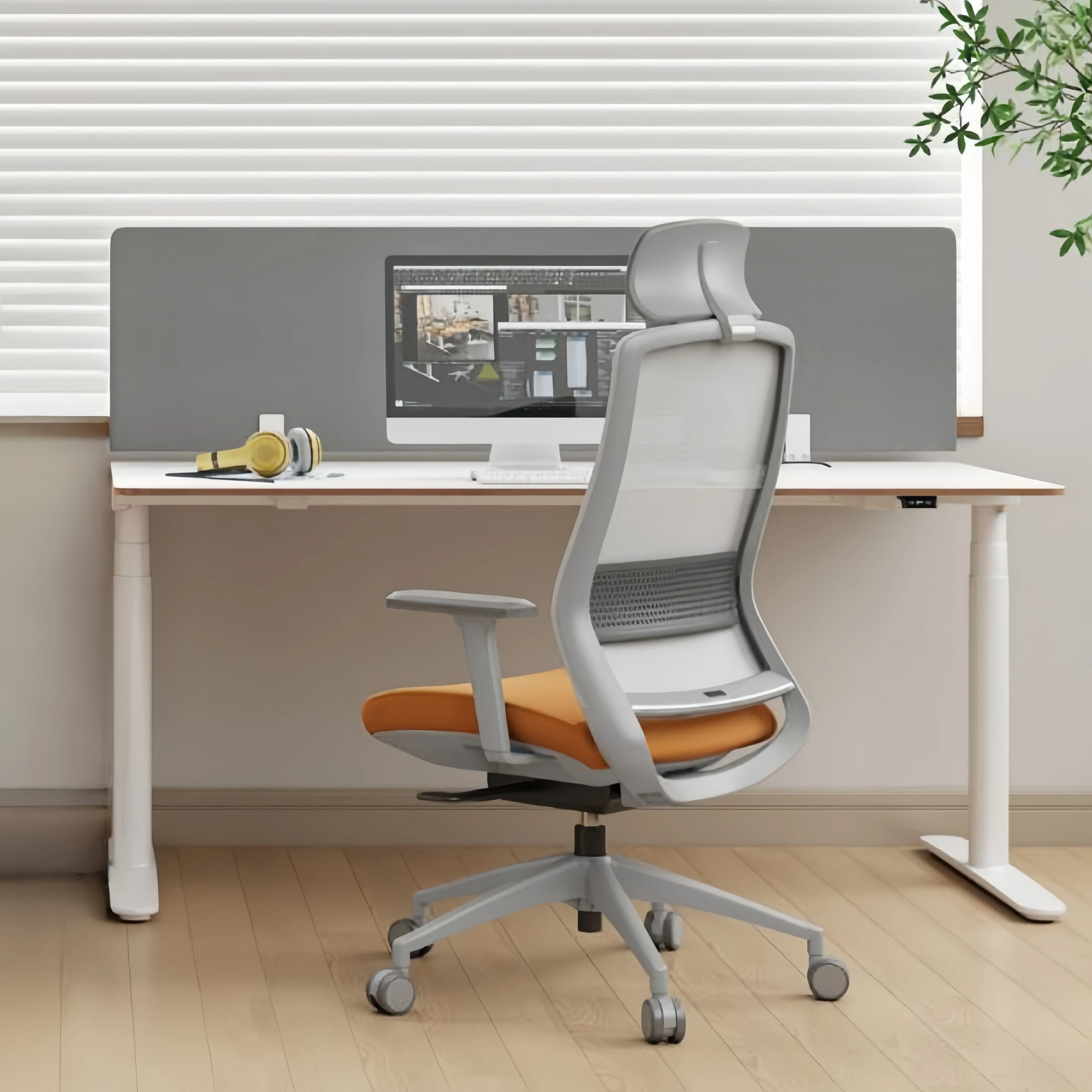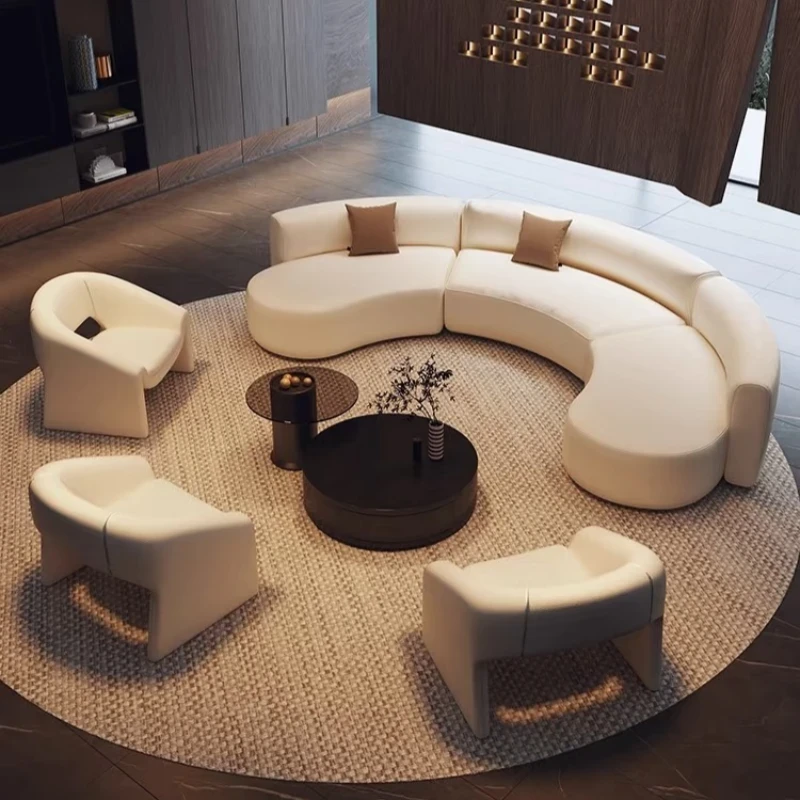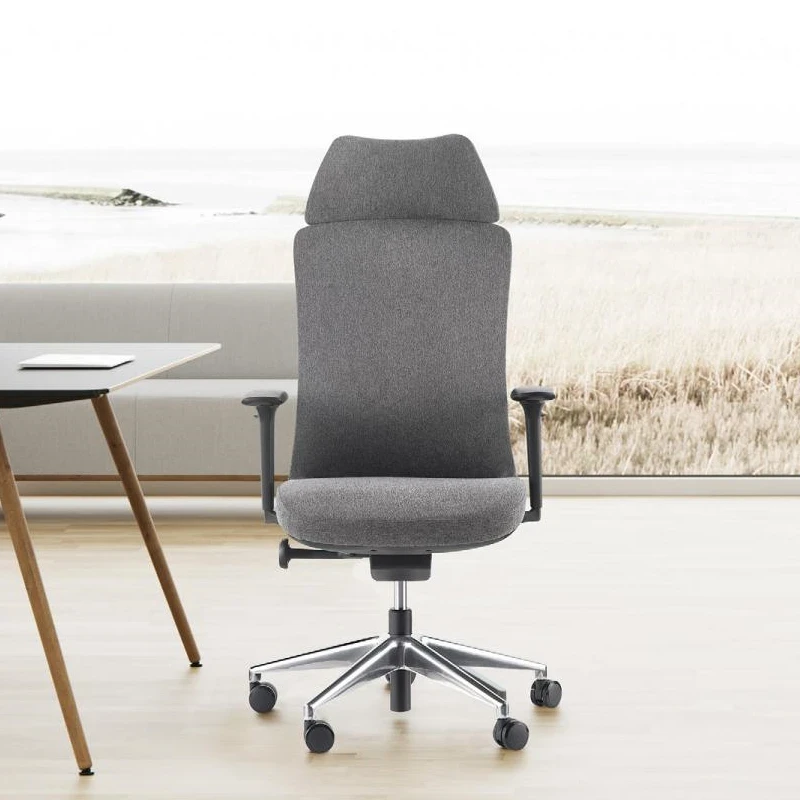As living standards continue to improve, the safe market is expanding, and safe technology has made significant progress. Fireproof safes, anti-theft safes, commercial safes, and safes with various principles and functions are all favored by different consumers. But how should safes be used and maintained? The following Henan Huadu Times Furniture editor will give you a detailed explanation:
1. Battery Usage Please use No. 5 AAA high-quality non-leakage alkaline batteries. Pay attention to the positive and negative polarity of the batteries when placing them. Place them according to the positive and negative polarity marks on the battery box. Do not remove the batteries from the battery box if they are not used for a long time.
2. Storage of Product User Manuals and Accessories: Please store the user manual, door lock key, emergency key, electronic key, battery compartment, keyhole plastic rod, purchase receipt, warranty card, and other accessories in a safe place. The user manual contains the product number and password for your home safe. The factory creates the product's technical file based on the product number and model number. This allows users to retrieve the password for their home safe. This is especially important for mechanical home safes. Never lock these accessories inside the home safe. If the home safe becomes inoperable, you will be left with no emergency means of opening it. For double-door safes, it is recommended to label the keys for each door to prevent misuse, which could cause the key to become stuck in the lock cylinder and prevent it from being removed. After changing the password, it is best to write it down in a separate notebook to avoid the hassle of forgetting it and having to open the lock. Always keep the key and password separate for greater security.
3. Home Safe Usage Environment: Home safes are designed for indoor use at room temperature. Using in a humid environment with corrosive gases, or in strong sunlight and ultraviolet radiation can cause the paint on the home safe to crack and discolor, plastic parts to discolor and age, the surface to rust and oxidize, and electronic components to become unstable and malfunction.
4. Home Safe Maintenance: If a home safe's surface is stained, do not scrub it with chemical solvents. Instead, use a clean cloth lightly dampened with detergent. Lubricate the extended latch and drawer rollers with a small amount of lubricating oil (cooking oil is also acceptable). Inject a small amount of pencil lead powder (graphite) into the key lock cylinder to make key insertion, removal, and rotation easier.

 USD
USD
 GBP
GBP
 EUR
EUR
